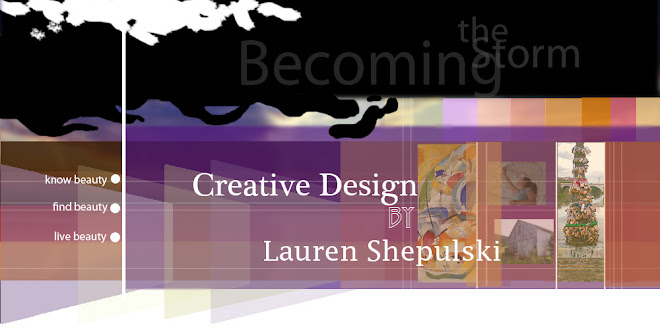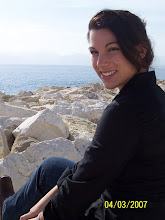
There are many different experiences to be had on public transportation. They are dependent on where you are going, who you are with, and what time you ride. A ride with a friend, midday in the downtown sector, will inherently be very different from a ride alone at night through a more rundown route. When we were given this assignment, I really wanted to keep this in mind. I originally wanted to choose a route through a more depressed area of
A friend and I picked up the bus at
It was interesting to notice which stops people were getting off at. I half expected a mass of people to get off in one major location, but the opposite was true. People dribbled off the bus at remote stops along the highway, making me wonder where they actually lived and how far they were walking to catch the bus at 9:40 at night. I also noticed a high ratio of young mothers with their infants and toddlers on the bus.
Two things really stuck out for me. Number one was the fact that the bus made me very car sick, which does not seem like it should be a key moment, but it was. If I had to take the bus everyday, getting carsick every time wouldn’t matter, because it would have to be something that I had to deal with. Instead, it was something that I ended up focusing on because I have alternate transportation. It is a luxury that I can even complain about it. Many of the people that I saw on the bus didn’t have an option, they are playing with the cards dealt to them.
The second thing was the fact that Laura and I missed our stop. Like I said before, I have ridden public transportation before, and did not consider myself unversed in bus etiquette. I was under the assumption that the bus stopped at every stop. Maybe in the past, someone pulled the cord at just the right time that I needed it, but in this particular case, we did not pull the cord. We watched our stop out the back window as the bus continued down the highway. The fact that we ended up riding the rest of the loop is pretty funny in retrospect, but it really gets to a deeper issue. I evidently do not know as much as I think I do.
The demographics on the bus pointed to lower income families. Laura and I were the only two white people on the bus the entire ride, but it was the two college girls who didn’t know to pull the string. The concept of knowledge is different for different people in different situations. With this information in mind, we decided to call it a night after riding the bus for an hour. We also decided that riding the day route the next day was not feasible for us, due to time restrictions.
The next day I did the reading. I honestly had no idea until earlier today that



1 comment:
lauren, i thought this was a really good blog post. your essay was well thought out and addressed the issues raised in the essay quite well in the context of your bus ride. i also like that you drew your images.
Post a Comment